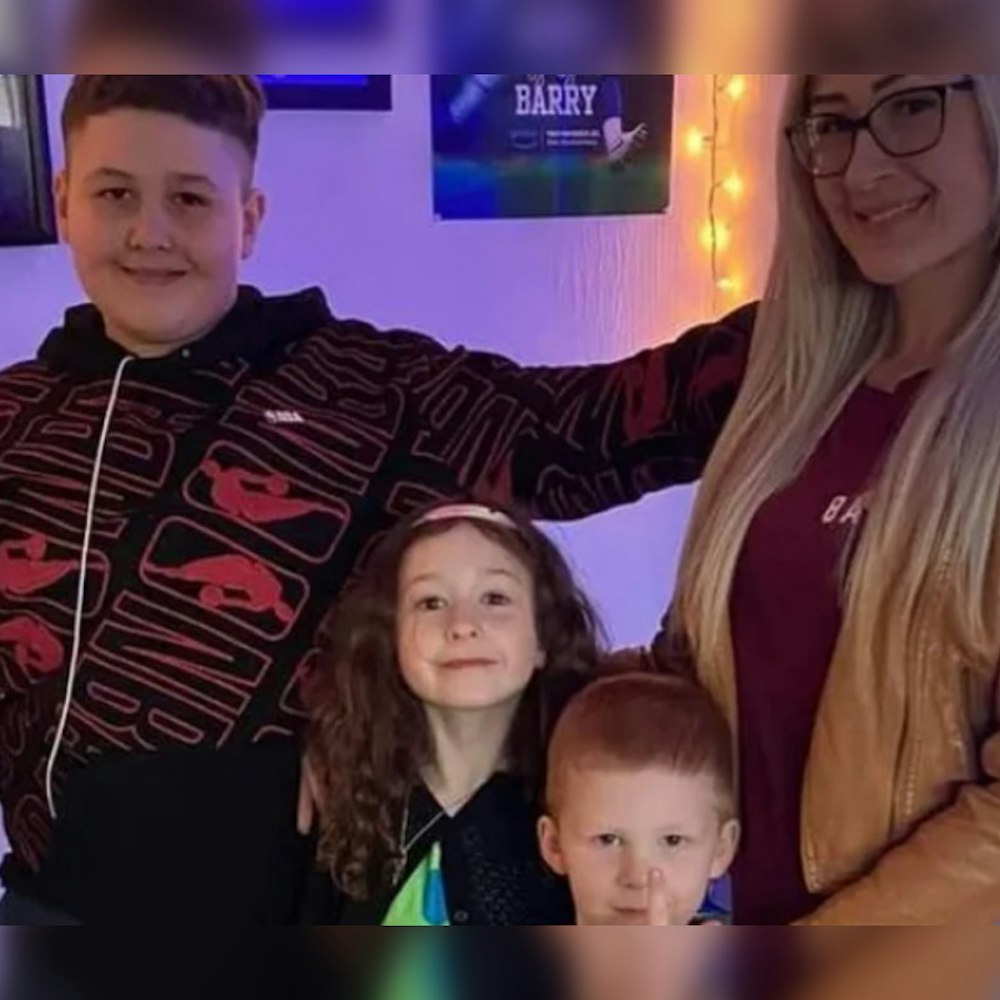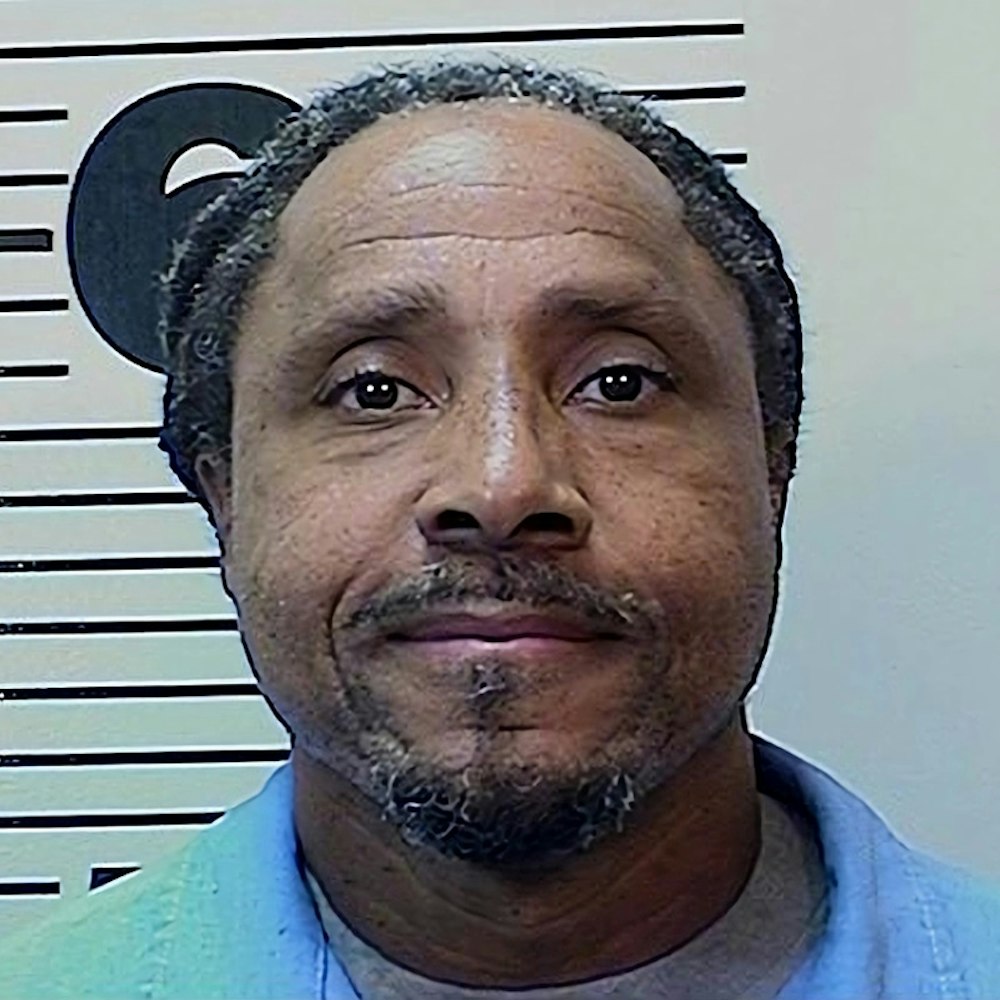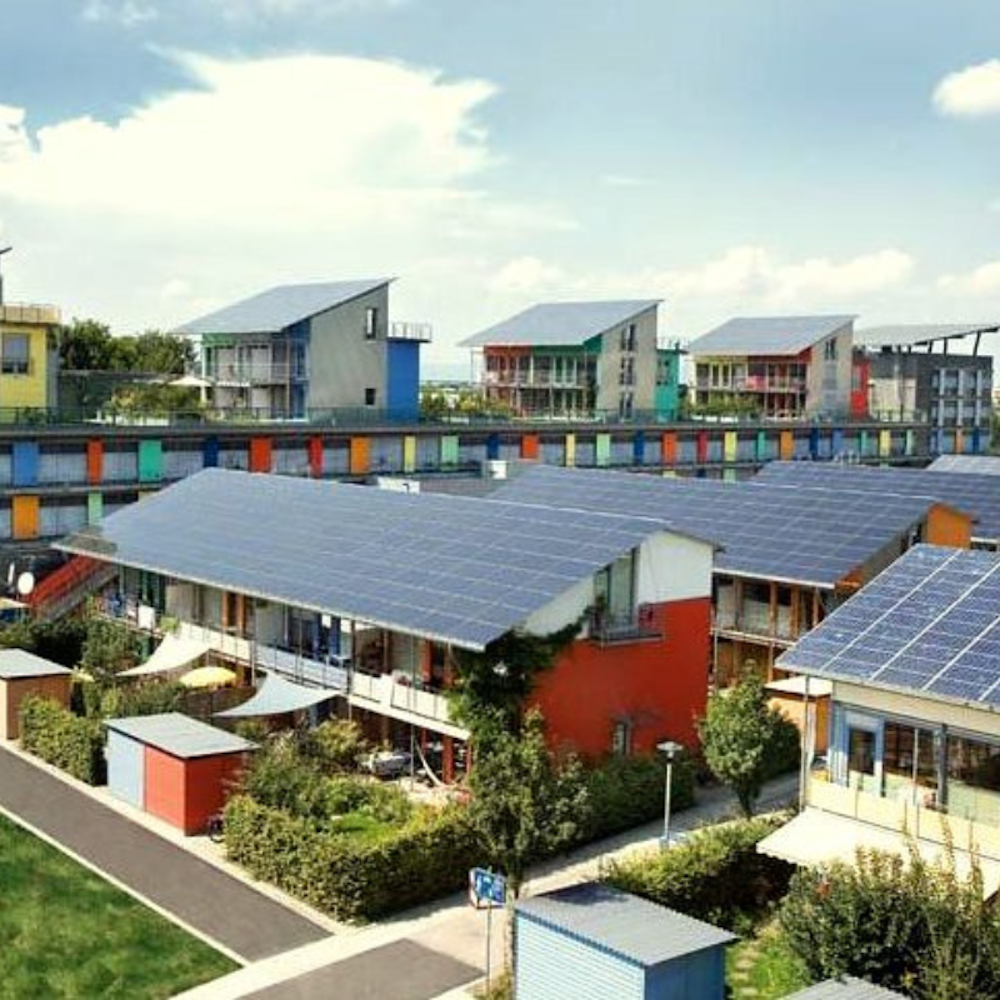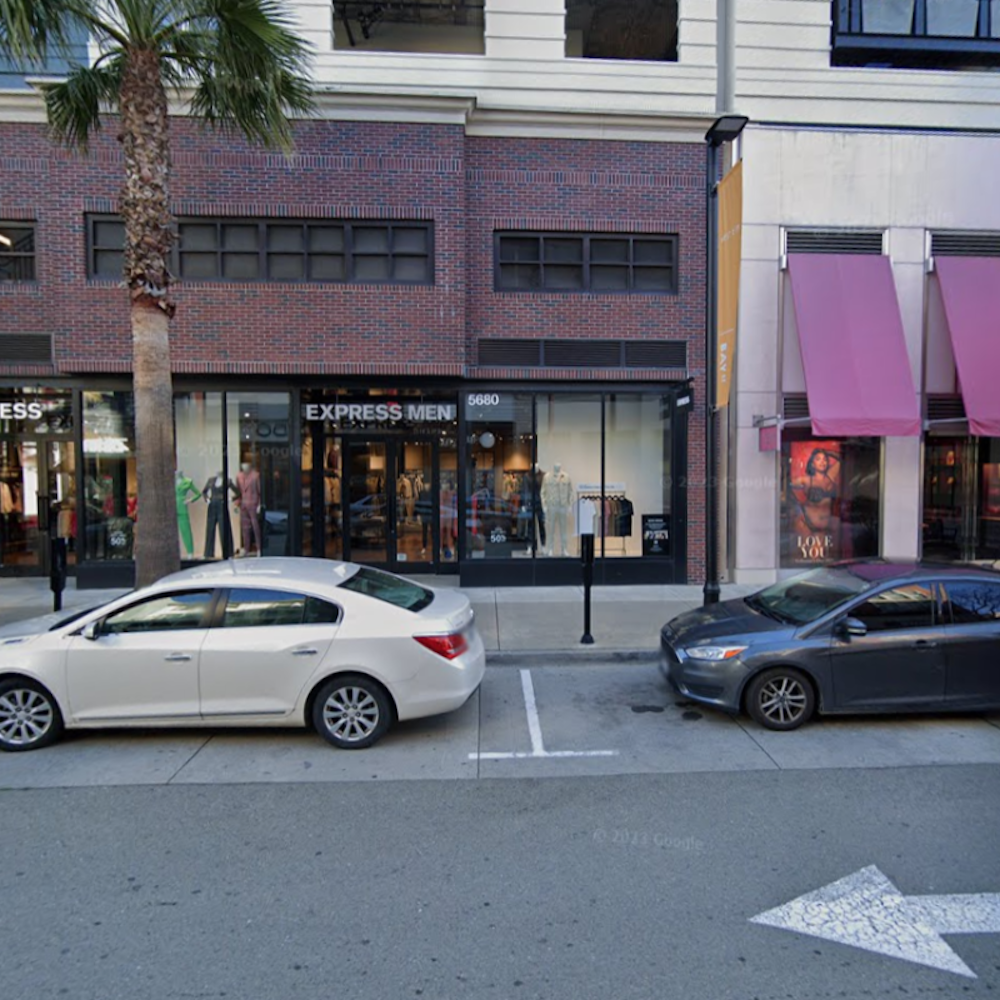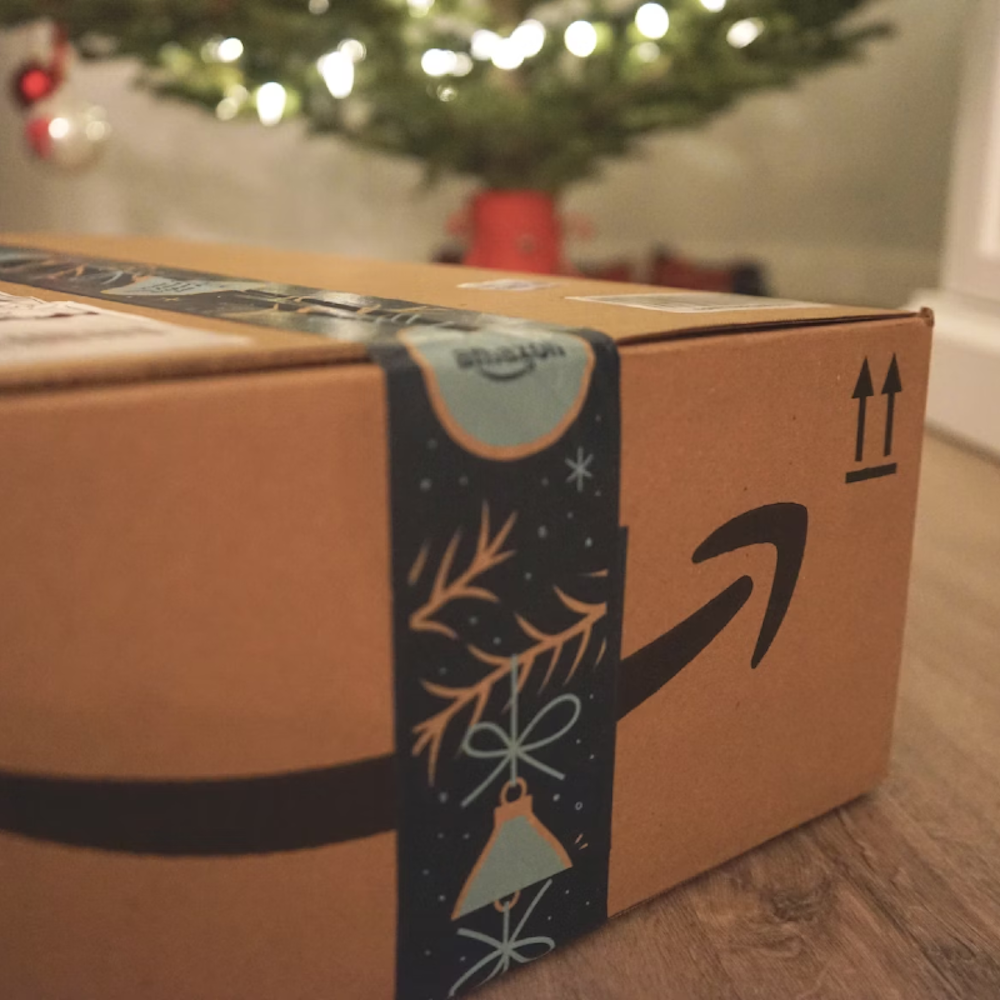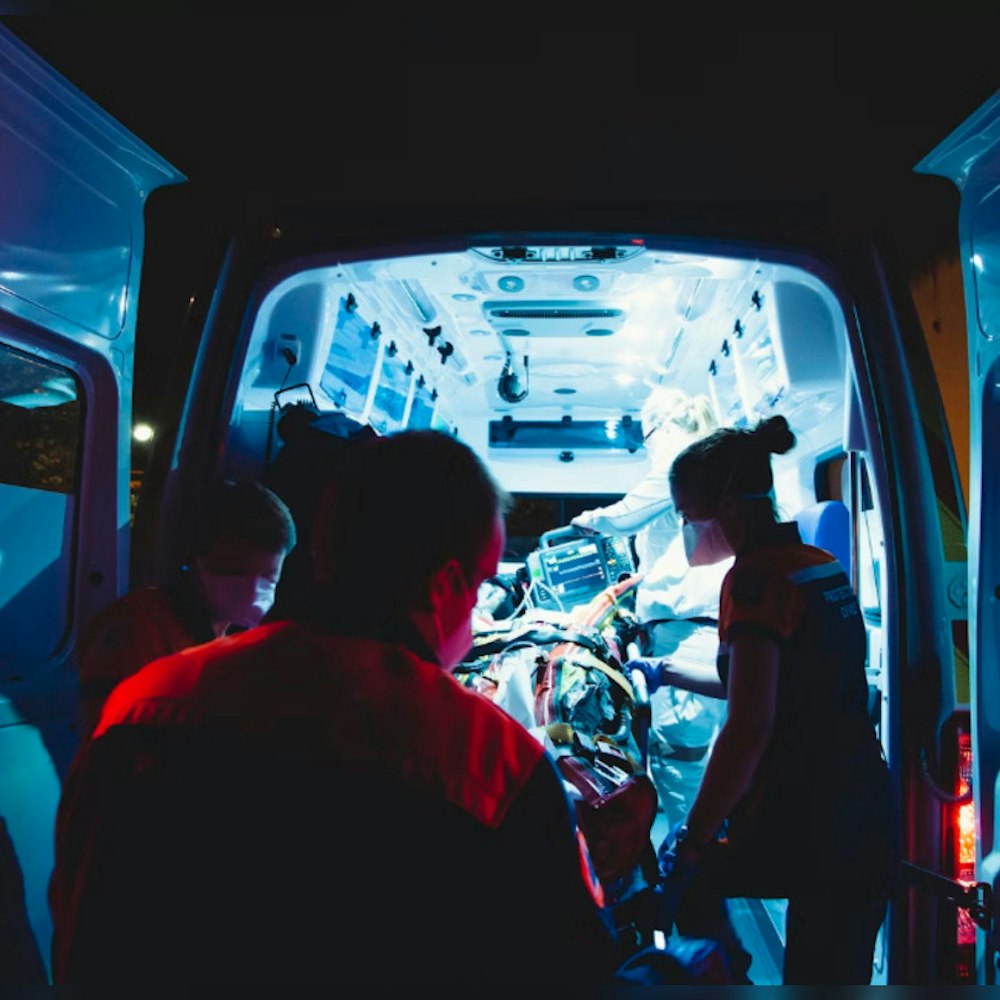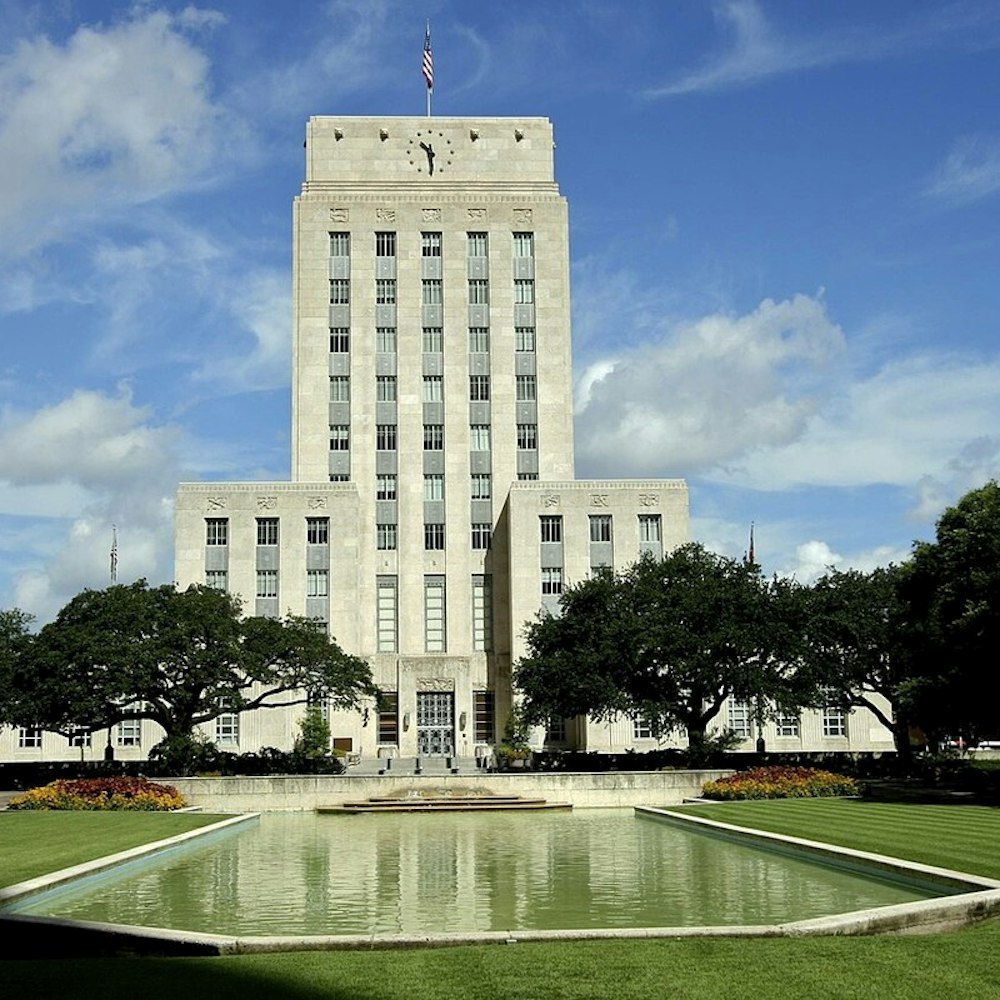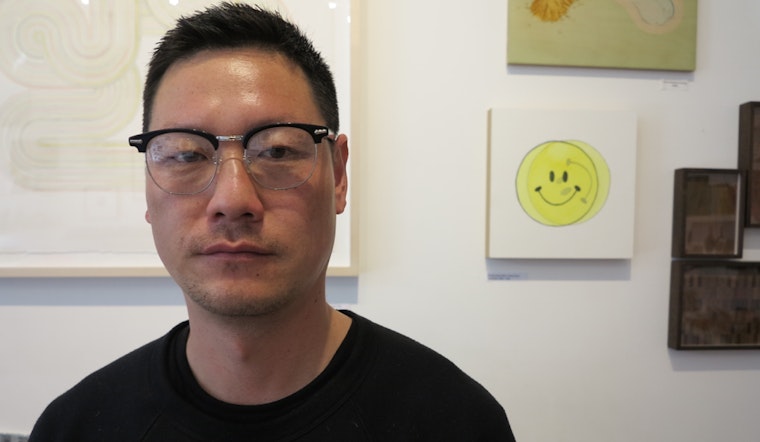
Since September 2006, Park Life has anchored the eastern end of the Inner Richmond as a purveyor of contemporary art and culture to the neighborhood and beyond. In those (almost) 10 years, owners Derek Song and Jamie Alexander have striven to curate a fresh and unique collection of books, art, apparel and more, while maintaining a relaxed and accessible environment for folks to experience.
Most recently, Park Life closed its satellite art gallery in The Mission and built out the Inner Richmond shop at 220 Clement St. with a proper exhibition space, which will open on April 15th. We recently caught up with Song to talk about his experience opening the shop, staying fresh, and the state of the art scene in San Francisco today.

Where are you from and how did you get here?
I actually grew up in San Francisco. I grew up in the Sunset district. Then for most of high school I moved back East, kind of around Washington, D.C., then right after high school I moved back. So I've been in San Francisco for maybe 35 years of my life.
Why did you open Park Life?
Well, I was kind of doing the corporate sales thing for a while. The last "real job" that I had was at Macworld, then right after the first dot-com implosion I got laid off. I mean, I hated that job anyways so it wasn't a big deal. I was really into film back then, so I signed up for an internship at this place called the Bay Area Video Coalition. They're still around, but back then they were getting a lot of money from the city to do training. So I got involved in that and just kind of met people who were more into the arts, mostly music actually.
What kind of music?
Oh mostly rock n' roll kind of stuff, like back in the day when there were good shows at Bottom of the Hill. But all of those musicians were artists as well, so I just got kind of exposed to that stuff, just going to weird parties and stuff like that.
I then found this thing called Giant Robot, which is this Asian pop culture magazine that started in L.A. probably 25 years ago. The magazine's dead now, but they still have a store in L.A. and a gallery.
They also used to have that store on Haight too, right?
So, I helped open that store, and I was the first manager there. I did that for like three and a half years. So we did art shows there, and the cool thing was that although my boss Eric curated a lot of shows early on, bringing people up here that were showing in L.A., I started curating shows after the first year. I met a bunch of people just through that, and that's kind of how the network started.
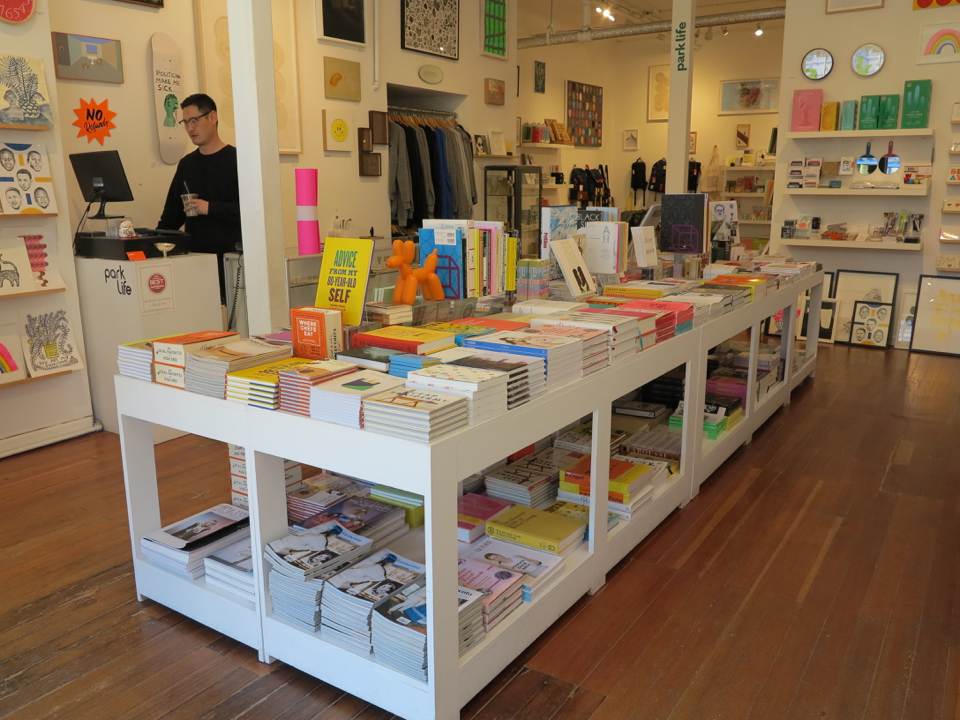
So how did you make the jump from Giant Robot to Park Life?
Well Eric and I started butting heads because I wanted to do more, and he didn't want to give up control, so we kind of had a falling out. The final thing was that he had given me the green light on publishing a book for this artist named Andrew Schoultz, who I was really into at the time and with whom I became friends. So I told Andrew that his book was green-lighted, he got excited, and we started working on it. Then, my boss killed the project and I was like "that's it".
But to keep my word, I had to find another investor for the book, and that's where my current business partner Jamie came in. He's been a collector in the city for a while and I knew he was a fan of Andrew's work, so I presented him with the book project, and he was in.
And that's what led you to opening the store?
Well, we initially wanted to do a gallery, but it's impossible to run an art-only gallery in the city unless you're super connected. So we were like, we'll do the gallery, but then we'll also do the retail to help support the gallery. But yeah, our first project was Andrew's book, which we published through our company, Paper Museum Press. Lately, though, we've been distributing books through Gingko Press.
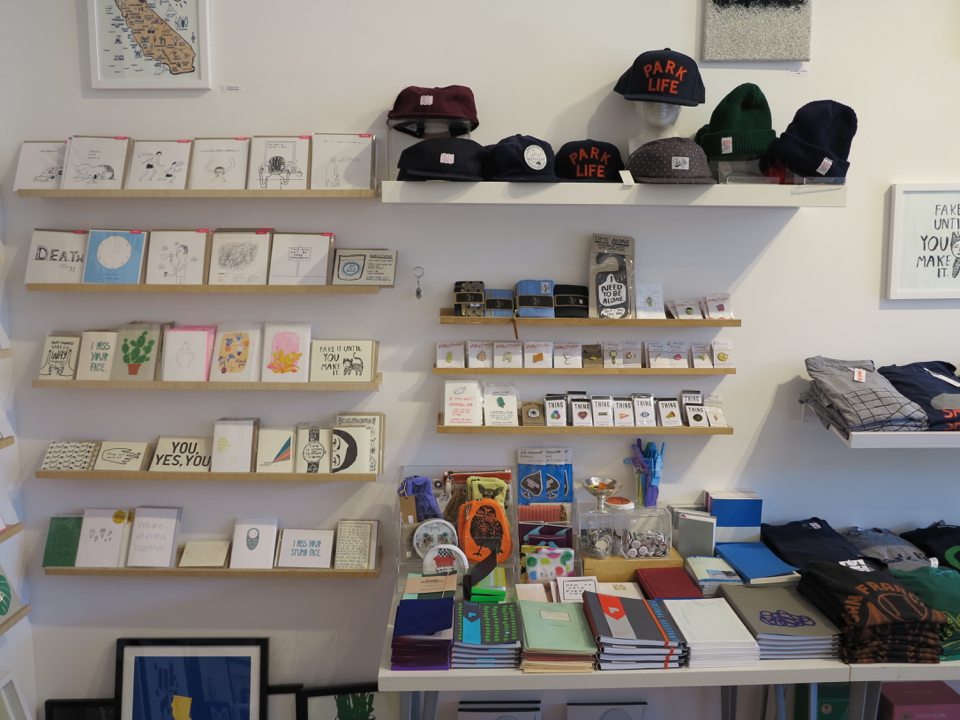
What's Park Life's 'mission'? What are you trying to accomplish?
Well, a lot of people are intimidated by art. They won't even go into a gallery because they feel like, "What am I doing here? Are people staring at me?" We wanted art to be more available to people. So, we figured we could sell a painting for $5,000, but if someone can't afford that they could also buy a t-shirt for 30 bucks, or a book, or something else that's involved in the arts. The whole idea was to make art and design more accessible and less intimidating.
Over the years, how have you maintained positive relationships with so many artists? What do you do to keep things fresh?
I don't know, just being active in the arts community. One good thing about San Francisco is that it's small geographically, and once you meet a certain group of artists you just kind of fall into their world. Everybody knows each other, even kids that are in art school now. We still go to their graduations and shows and things like that. We also find a lot of stuff online. I mean a lot of people think we're pretty regional. I mean we show people from outside of the Bay Area, but we just figure there's so much good art here and we try to focus on that.
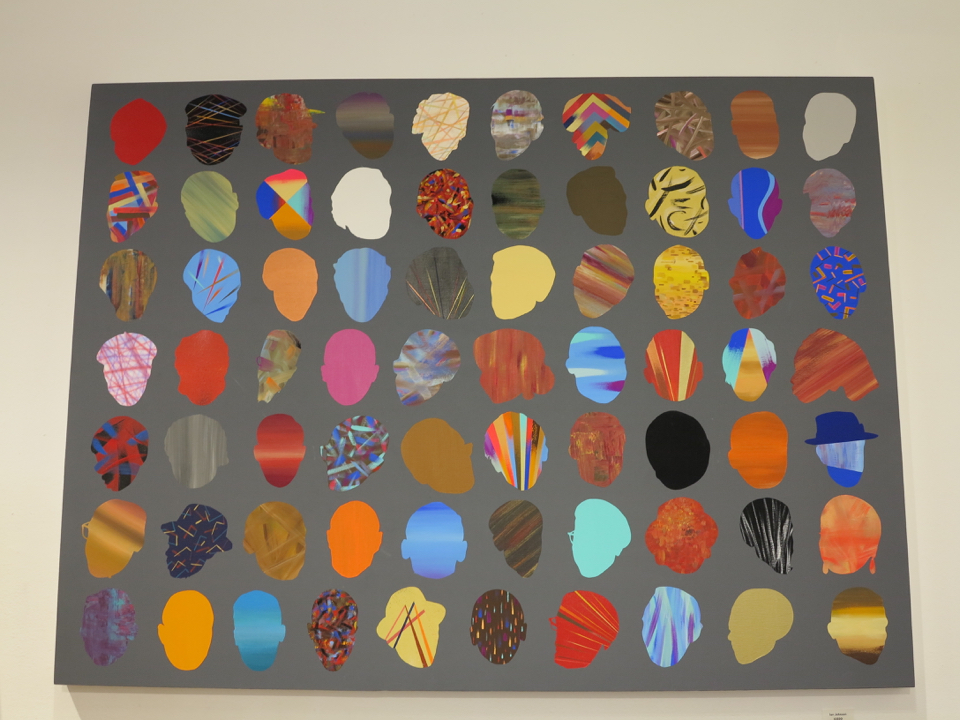
You guys recently shut down your gallery in the Mission and renovated this location to house a new exhibition space. Tell us a little bit about that.
We did the Mission space for a while, and it was good. We sold work down there, but the overhead was getting to us. Also, Jamie and I live here, so it's hard for us to get to the Mission. He and I are kind of the best sales guys for the art, so if we weren't there it was kind of rough. After we closed that space, we still wanted to do our gallery program, so we figured out a solution. We had this storage/office space that we were using in the back here so we decided to make that work.
What will be the first show in the new space?
It's actually coming up on April 15th. It's Mark Mulroney, who's an amazing artist that used to teach painting at SFAI, but now lives in Syracuse. His body of work is kind of all over the place. He's a really good painter, but this show is based on his love of baseball. He's done a bunch of weird sculptures and like fake baseball cards. Back in the day, when he was a teenager, he used to get paid to forge baseball signatures. He would get like 20 dollars a pop to do like a Nolan Ryan. He's just really cool, kind of weird dude. It should be a good show.
What's the status of the art scene in San Francisco right now?
Good question. Well, there's this Minnesota Street Project that's opening in the Dogpatch. Do you know about that?
No, what is it?
Well, the Rappaports, a husband and wife team of venture capitalists, just bought these two big warehouses in the Dogpatch, completely gutted them, and made them into one big gallery space. They saw what was happening with galleries either getting booted or being forced to find smaller spaces, and decided to set up a space, hand pick the galleries they want, and offer below market rate rent.
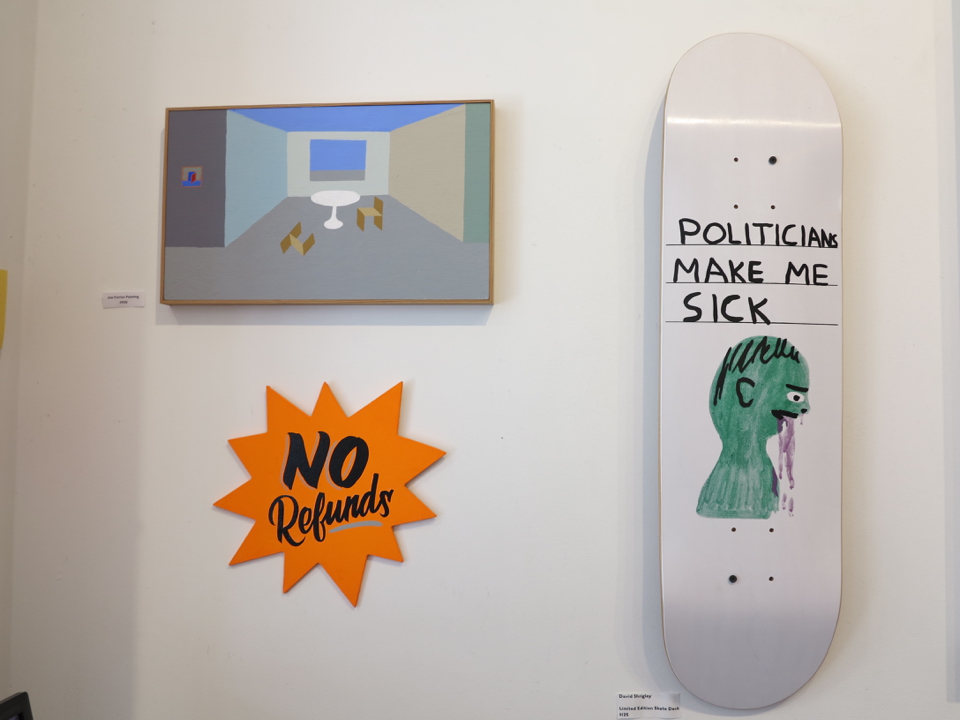
Do you feel the change that San Francisco has seen in recent years has adversely affected the arts?
Oh, absolutely. I know like five to ten people that have moved to L.A.
How can it be maintained or restored in the future?
I don't know. I know that there's still artists who are in the city that aren't leaving, but a lot of it is shifting to Oakland, and a lot of it is shifting further south in the city itself. Like that Minnesota thing, it's just going further and further south. There was this art-only space at 49 Geary, which is right where Geary hits Market, that was kind of the high-end gallery hub. That building used to be all galleries, and now it's only like 25% galleries, so you can see the exodus happening.
But I think the Minnesota Street Project is good. A lot of people are bitching and moaning about all the galleries closing, but they actually did something about it and that's really cool.
